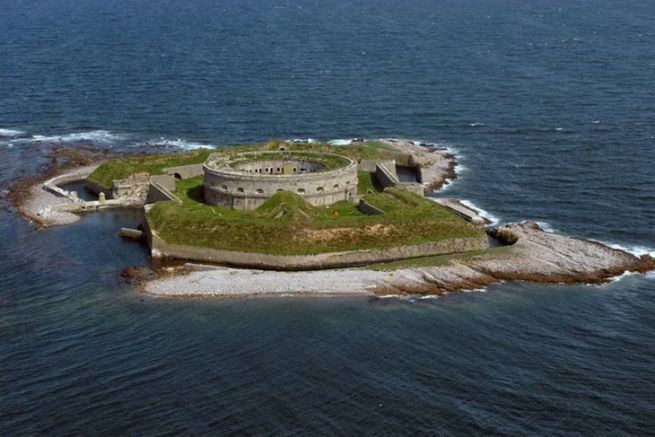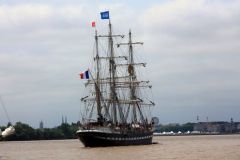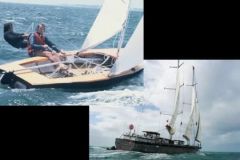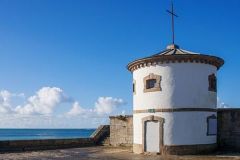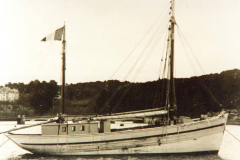Since 2003, the Association des Amis de l'Île du Large Saint-Marcouf has been working to protect, conserve, restore and rehabilitate the natural site and historic monument that make up the Île du Large, which has been listed as a historic monument since 2016. In 2015, the association applied for the protection of the island as a historical heritage site. And it is now a done deal, since the Ile du Large of Saint-Marcouf, located off the coast of Saint Vaast la Hougue (Manche), has just been classified as a Historic Monument, by the order of 25 January 2017, issued unanimously by the National Heritage Commission.
Since its demilitarization in 1981, it has been unoccupied and abandoned and belongs to the domain of the state. Since 1999, the island has been closed to the public because it is too dilapidated to ensure the safety of visitors.
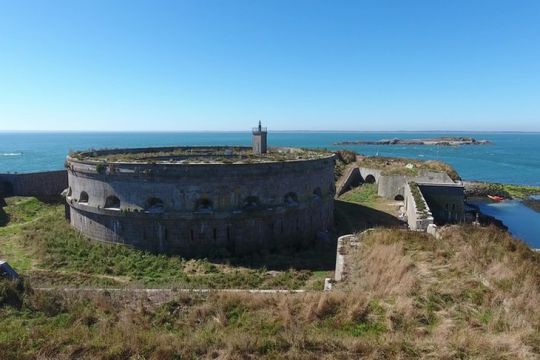
History of the island
The offshore island of Saint-Marcouf has fortifications built by Napoleon I in 1802 to protect himself from the English. The fort was completed in 1815 and was used to lock the bay of the Seine against the English. From 1860 onwards, a powder magazine and an electro-semphoric building were constructed. A 12-metre wide moat, dug by hand and encircling the whole island, completed the defences. Masonry dikes, now partially dilapidated, protected the whole. The port created in the north of the island also deteriorated considerably.
In the 1930s, the island is still maintained and frequented. The semaphore has closed, but the two lighthouse towers are in place, one of which houses the island's lighthouse. The towers will then disappear, one mined, the other demolished by the administration because of the degradation of the building, it was already too expensive to repair it.
In 1944, the island was fired at by shells from artillery batteries on land (Azeville, Saint Marcouf), which left indelible traces. On 6 June 1944, it became the first land to be liberated during the Normandy landings. It still keeps the traces of the war since inside the fort, an engine of Messerschmidt 109 lies among the rubble of one of the two towers.
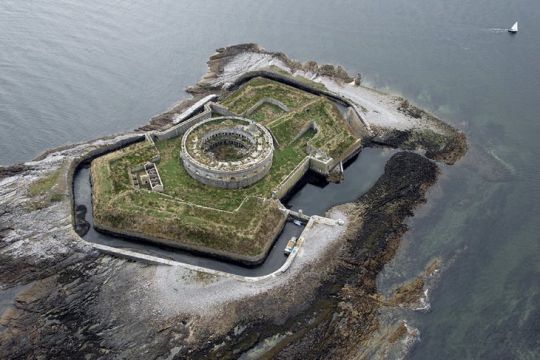
In 2016, during the renovation work, fragments of newspapers and German propaganda were discovered, as well as pins from German anti-personnel mines. The Germans had not occupied the island, but had strewn it with mines, causing many injuries among the American soldiers who had set foot on the island.
In 2015, the harbour breakwater disappeared, swallowed up by storms, two huge breaches cut the south breakwater, the mole is almost destroyed, and the cofferdam at the entrance to the harbour has literally disappeared. And since 2009, the association has been intervening to prevent the building from disappearing.
